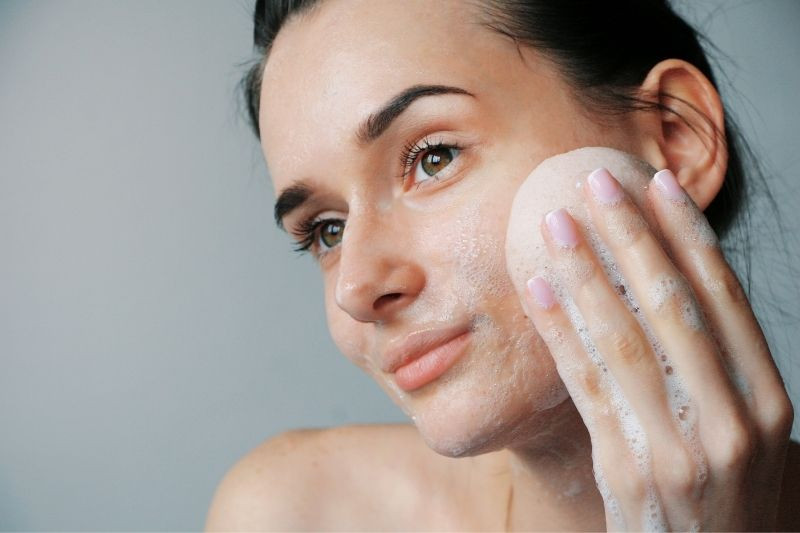Many people have red undertones in their skin, but fewer people experience a skin disorder known as rosacea. Both redness and rosacea have similar appearances; however, each of these conditions has different causes. Discover how to tell the difference between redness versus rosacea in the article below.
What Is Rosacea?
Rosacea is a condition in which blood vessels in the face enlarge and break beneath the skin. These broken blood vessels often lead to intense redness, bumps, and pimples on the skin. Rosacea usually develops around the nose, cheeks, and chin. This condition is most common in men and women between 30 and 60 years old.
General redness may initially appear similar to rosacea, but several symptoms differentiate redness from rosacea.
What Are the Symptoms of Rosacea?
Still unsure how to tell the difference between redness versus rosacea? Discover some of the most common symptoms of rosacea below.
Consistent Redness
Red and pink undertones in the skin can sometimes cause intense blushing, but rosacea is far more consistent than general redness. When someone experiences rosacea, their skin complexion will remain red regardless of the environment, weather, or other external factors. In fact, many people compare the appearance of rosacea to a sunburn that doesn’t fade.
Visible Damage
Apart from the skin’s complexion, visible pimples, bumps, and broken blood vessels are also indicators of rosacea. Areas with pimples and blemishes will be highly sensitive, since these bumps often include pus buildup. Since hormonal changes can sometimes lead to similar symptoms, it’s essential to speak with a dermatologist if you experience these symptoms.
Discomfort
Although rosacea is not a severe condition, this skin disorder can still lead to discomfort if you leave it untreated. If you begin to feel a stinging sensation around your nose, cheeks, and chin, this may be a telltale symptom of rosacea.
How Do You Treat Rosacea?
Treating rosacea often requires combination therapy. First, it’s essential to work with a dermatologist to determine your rosacea triggers. Common triggers for this condition include:
- Heat
- Alcohol
- Stress
- Spices
After you identify your triggers, it’s crucial to plan to avoid these causes. Dermatologists will also recommend rosacea skin-care sets and treatments to keep the skin healthy and comfortable. Together, these two methods will make life with rosacea more manageable.
If you want to learn more about treating your redness or rosacea, explore the Jil Goorman Beauty website to learn more expert tips and advice about skin care.

